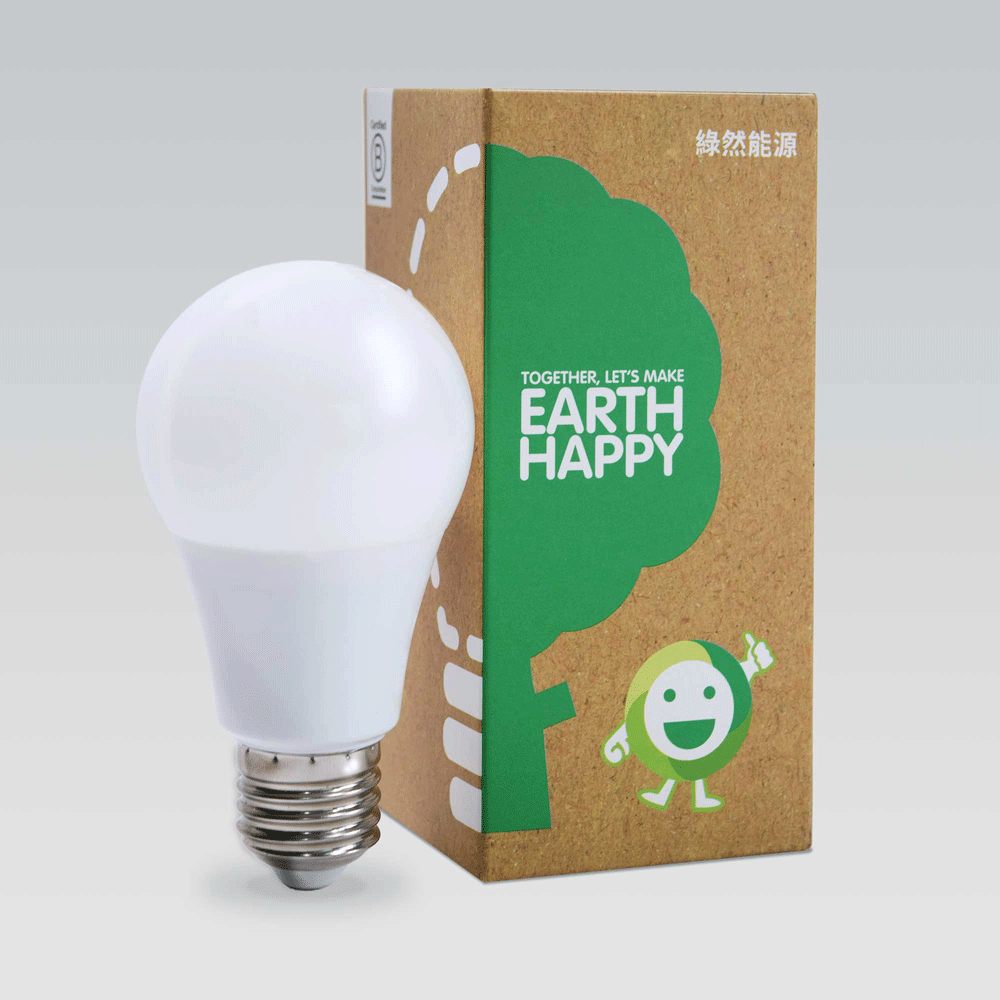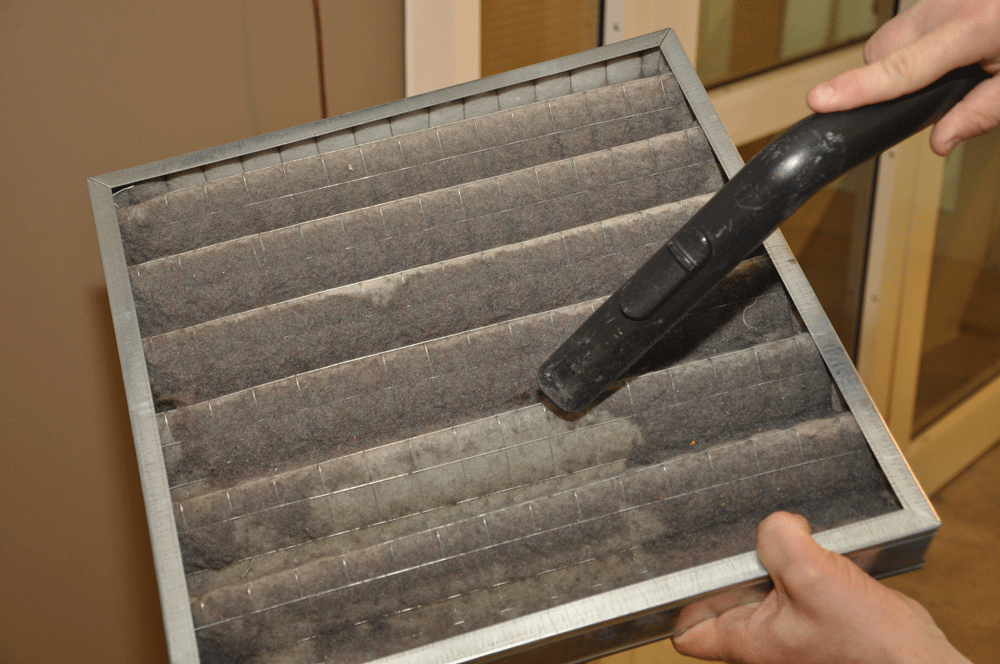This May, Taiwan has experienced exceptionally hot weather, with many regions recording the highest temperatures in 60 years. Not only are the temperatures soaring, but since mid-May, as the pandemic situation has gradually heated up, schools and many businesses have started to adopt School from Home (SFH) and Work from Home (WFH) measures, encouraging everyone to stay home and reduce unnecessary outings.
However, the hot summer and lifestyle changes have inadvertently increased our home electricity consumption. With the summer electricity rates coming up in June, understanding and saving on electricity bills is a key concern for everyone. Here, we will guide you to understand all types of electricity bills, figure out the calculation methods, and provide simple ways to save electricity while working from home during the pandemic.
Summer Electricity Rates are Here! How is Electricity Billed?
Q. What are summer electricity rates? Why are electricity bills more expensive in the summer?
From June 1 to September 30 each year, Taiwan Power Company (Taipower) implements summer electricity rates, while the rest of the months are charged at non-summer rates. The rates are higher in the summer because the high temperatures in Taiwan lead to increased use of air conditioning and electricity consumption, requiring Taipower to operate more costly power generation units, thus raising the cost of supply. To fairly reflect the cost of supply and encourage people to save electricity, Taipower has been using this seasonal pricing method since 1989.
Q. What are the different types of electricity rates? Is it true that electricity is cheaper during off-peak hours at night?
Taipower offers different billing methods for different types of users. Most households are under the metered electricity rate, meaning they pay for the amount of electricity used, as shown on their meter. This includes business and non-business use, with most residential households falling under the "metered non-business use" category.
This metered rate is further divided into non-time-of-use rates and time-of-use rates.
1. Non-Time-of-Use Rates
Commonly known as progressive rates, they don't differentiate between peak and off-peak usage. Pricing is based on the cumulative monthly electricity usage, with higher unit prices for higher consumption tiers. In other words, the more you save, the cheaper the electricity.


2. Time-of-Use Rates
These are designed to reflect the supply costs of off-peak and peak usage and encourage people to use electricity during off-peak times. For general households or small businesses, simple time-of-use rates are common, which are divided into two-tier and three-tier rates, with the three-tier rates further segmenting the day into semi-peak times.

However, most households currently use traditional mechanical meters that only show total electricity usage, so progressive rates are most commonly used. To switch to time-of-use rates, an application for an electronic meter with Taipower is required. Whether switching to time-of-use rates is more economical depends on the user's habits and can be checked on Taipower's website, which offers clear explanations and estimation services.
Complicated Summer Electricity Bills? Start by Understanding Your Electricity Bill
Important Information on Your Electricity Bill

1. Electric Service Number
The identification number for your electricity meter is used to check electricity usage on Taipower's website, apply for electronic bills, and for changes or transfers of service.
2. Billing Period
The dates of electricity usage calculated for this bill, which include both summer and non-summer usage periods.
3. Type of Electricity Use
Indicates the type of electricity use chosen by the user. Check if it matches your actual situation. For example, if your home is registered for business use, you'll end up paying a higher rate unnecessarily.
4. Comparison Items
Provides last year's corresponding usage and the next period's kWh for comparison. You can see if your electricity usage has increased or decreased compared to the same period last year and adjust accordingly.
5. Power Outage Group
Given recent discussions about power outages, Taipower divides customers into groups for rolling blackouts. You can check your electricity bill to see if your home will be affected by any announced power outages.
6. Electricity Bill Calculation Formula
This section details how the electricity bill is calculated, showing the total kWh used.
How to Save on Summer Electricity Bills? Easy Energy Saving for WFH
Lesson One on Saving Energy: What is a Kilowatt-Hour? How is Electricity Consumption Calculated?
We all know electricity bills are calculated per kilowatt-hour (kWh), but how do we know how many kWh our home appliances consume?
A kilowatt-hour, also known as one kWh, is the amount of electricity used by a 1000-watt appliance running for one hour.
With this, you can easily calculate the electricity consumption of home appliances and understand your usage:
Power Consumption * Usage Time
A 50W fan used for 20 hours = 1 kWh
A 1000W kettle used for 1 hour = 1 kWh
A 100W TV used for 5 hours = 0.5 kWh
Replacing Old Appliances Makes Saving Energy Easier

While tidying up during WFH, take the opportunity to check the labels on your home appliances, identify high-energy-consuming devices to reduce usage, or choose new models with better energy efficiency according to the ratings published by the Ministry of Economic Affairs.
For example, old incandescent light bulbs consume up to 60W, and even the spiral energy-saving bulbs many people switched to require 23W, whereas new LED bulbs only need 11W. Just replacing one incandescent bulb with an LED can save up to 11.76 kWh per month, which is about 19 NT dollars at the lowest rate, making a significant impact.
Stay Cool and Save Energy During Hot Weather Without the Sauna Effect

Air conditioning accounts for the highest proportion of household electricity usage, but by following a few simple steps, you can make your air conditioner energy-efficient and comfortable.
1. Clean the Filters
After using the air conditioner for a while, dust accumulates on the filter. While at home, remove and gently brush the filter to make the air conditioner cooler, prevent odors and allergies, and save money.
2. Lower Indoor Temperature
When you get home, open the windows to ventilate and expel the hot air from the room. After ten minutes, close the windows and turn on the air conditioner. Also, lower the curtains when using the air conditioner to reduce direct sunlight and indoor temperature, making it more energy-efficient.
3. Pair with a Fan
Aim a fan at the air conditioner vent to enhance indoor air circulation, helping the cool air reach all corners of the room, and ensuring you don't need to run the air conditioner too strong and still stay cool.
4. Reasonable Temperature
Many people set their air conditioners to 18 degrees as soon as they grab the remote, but the speed of cooling has nothing to do with the temperature setting; it only consumes more electricity and can cause colds. Setting the air conditioner to 26 degrees with automatic humidity control is enough, so there's no need to set it too low and waste electricity.
Don't Overlook Standby Power, Save Effortlessly

Many people overlook standby power when examining home electricity usage. What is standby power? Some appliances continue to consume power even when not in use. For example, water dispensers, hot water pots, and set-top boxes consume electricity continuously when no one is using them.
Although you can unplug them by hand, few people have the habit and motivation to do this regularly, and it's often forgotten or too much of a hassle. A simple solution is to install an energy-saving timer, which allows you to set a schedule for appliances to automatically turn off and on, making it effortless to save.
Although we spend most of our time at home during the pandemic, there are many appliances that are not in use every second. Besides turning off Wi-Fi routers, hot water pots, dish dryers, dishwashers, and robot vacuums at night, you can also schedule entertainment devices like TVs, set-top boxes, and gaming consoles to turn off during the day and turn on after work. Not only does this prevent distractions during work hours, but it also creates a distinct separation of work and rest in your home office space, reminding you to take breaks.
Understand Taipower's Rewards Clearly, Earn Big with Energy-Saving Subsidies
Since 2018, Taipower has held annual energy-saving reward activities. Residential (including residential public facilities) and junior high and elementary schools (including registered kindergartens) that register with Taipower's official website can earn NT$0.60 for every kWh saved during the activity period. A minimum of NT$84 reward will be deducted from the current electricity bill every two months, with the maximum reward capped at the user's current electricity bill.
Additionally, to encourage users to respond to energy conservation and carbon reduction and reduce paper consumption, Taipower offers a NT$10 discount on the current electricity bill for each user who registers for electronic billing and chooses "No Print Mail" during the reward period. Other environmentally friendly and socially beneficial options are also available for application.

